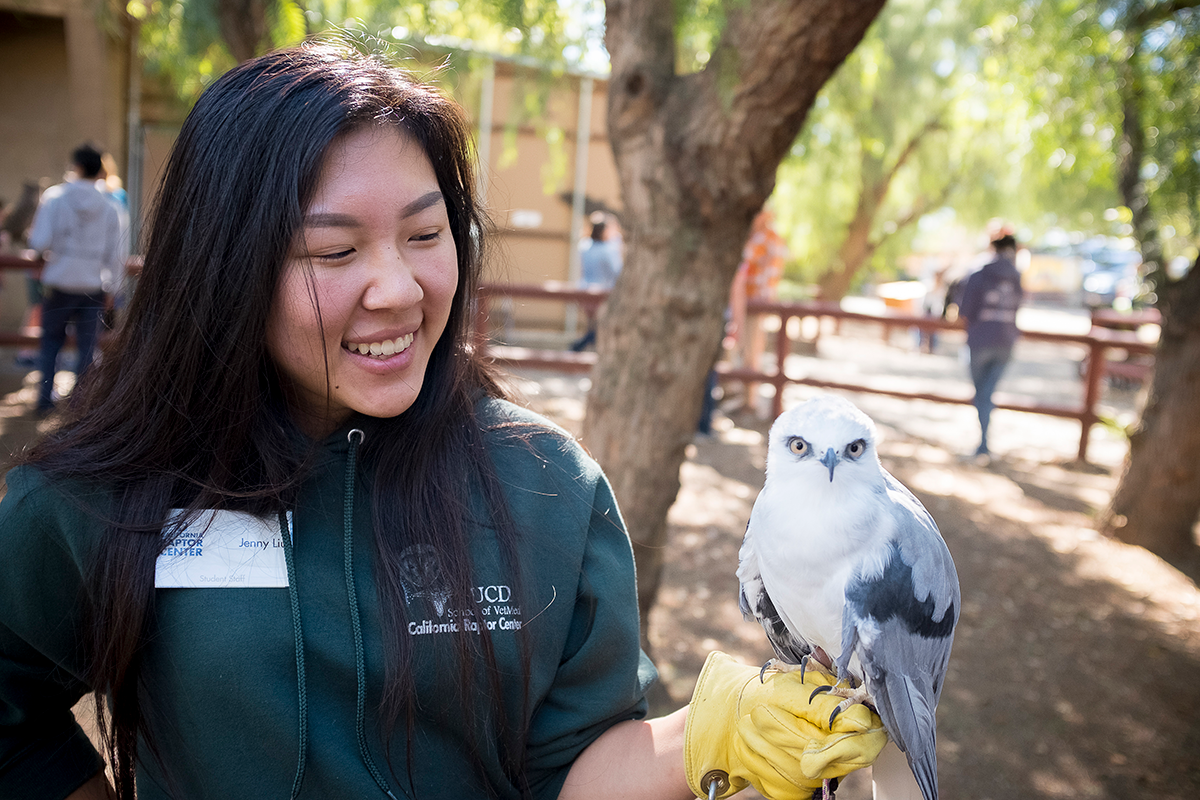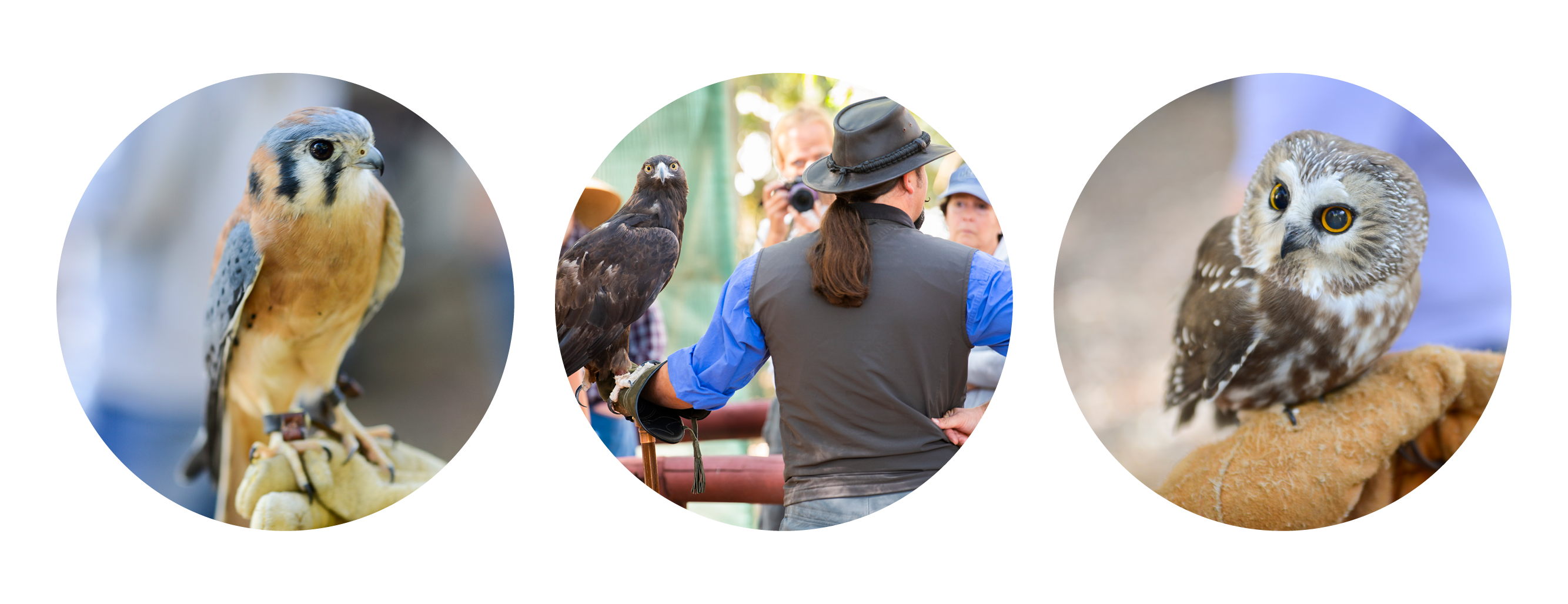Spreading Our Wings Building a new future for the California Raptor Center.
A Closer Campus Connection
With your support, thousands of visitors each year will encounter the beauty of raptors through our ambassador birds—from school children on field trips, to our Aggie community, to clients of the veterinary hospital, and our veterinary trainees.
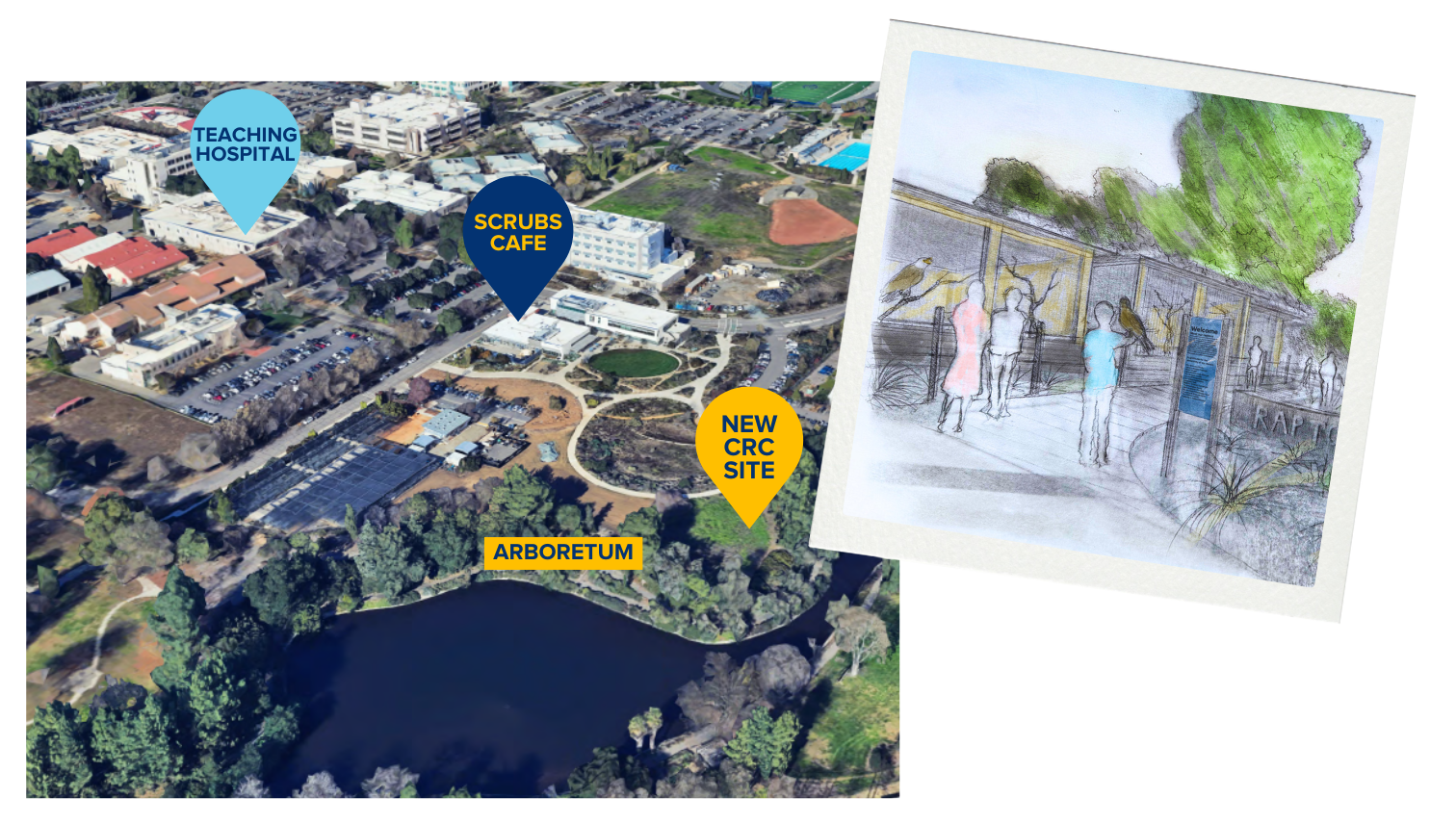
Help Build our New Raptor Habitat
The School of Veterinary Medicine is launching a bold vision to expand and update our facilities over the next decade, including the opportunity to better integrate and showcase the CRC – the crown jewel of our veterinary campus.
With campus planners and partners, we have identified a location in the UC Davis Arboretum and Public Garden just east of the Veterinary Medical Complex (VMC) where we plan to build new enclosures. The habitat will showcase our ambassador birds in a in a diverse collection of California natural habitats that leverages the educational mission of the Arboretum and curated plant collections with the CRC.
From school children on field trips to the UC Davis community and beyond, guests from around the region will enjoy their first encounters with raptors, or may return again to enjoy this beautiful place.
The new enclosures will set a national standard of care for our birds while enhancing the visitor and educational experience, and will raise the profile of our unique center.
—Michelle Hawkins, CRC Director
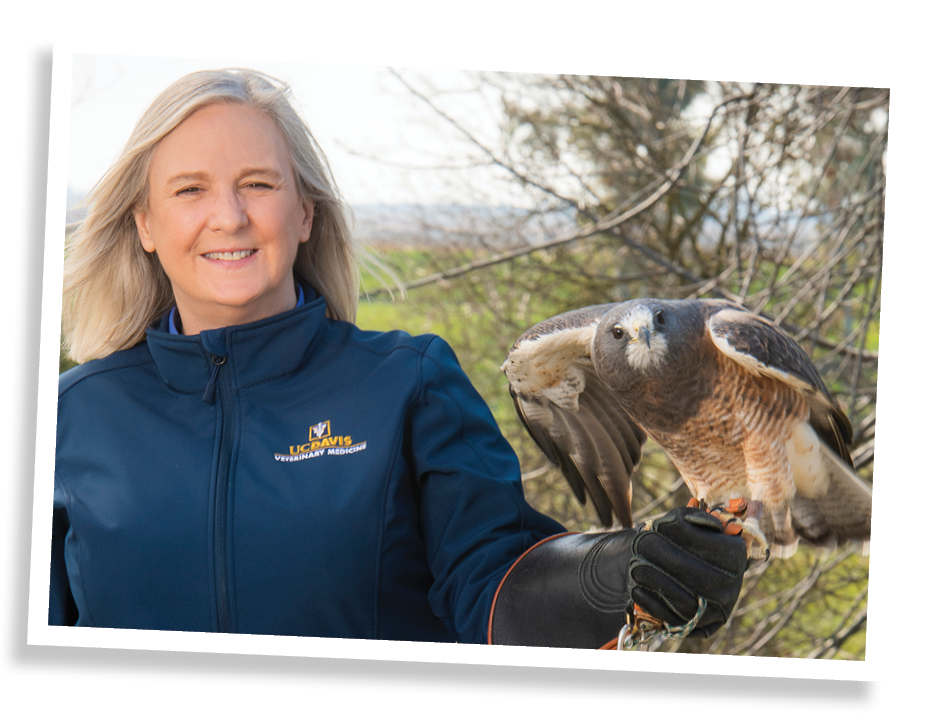
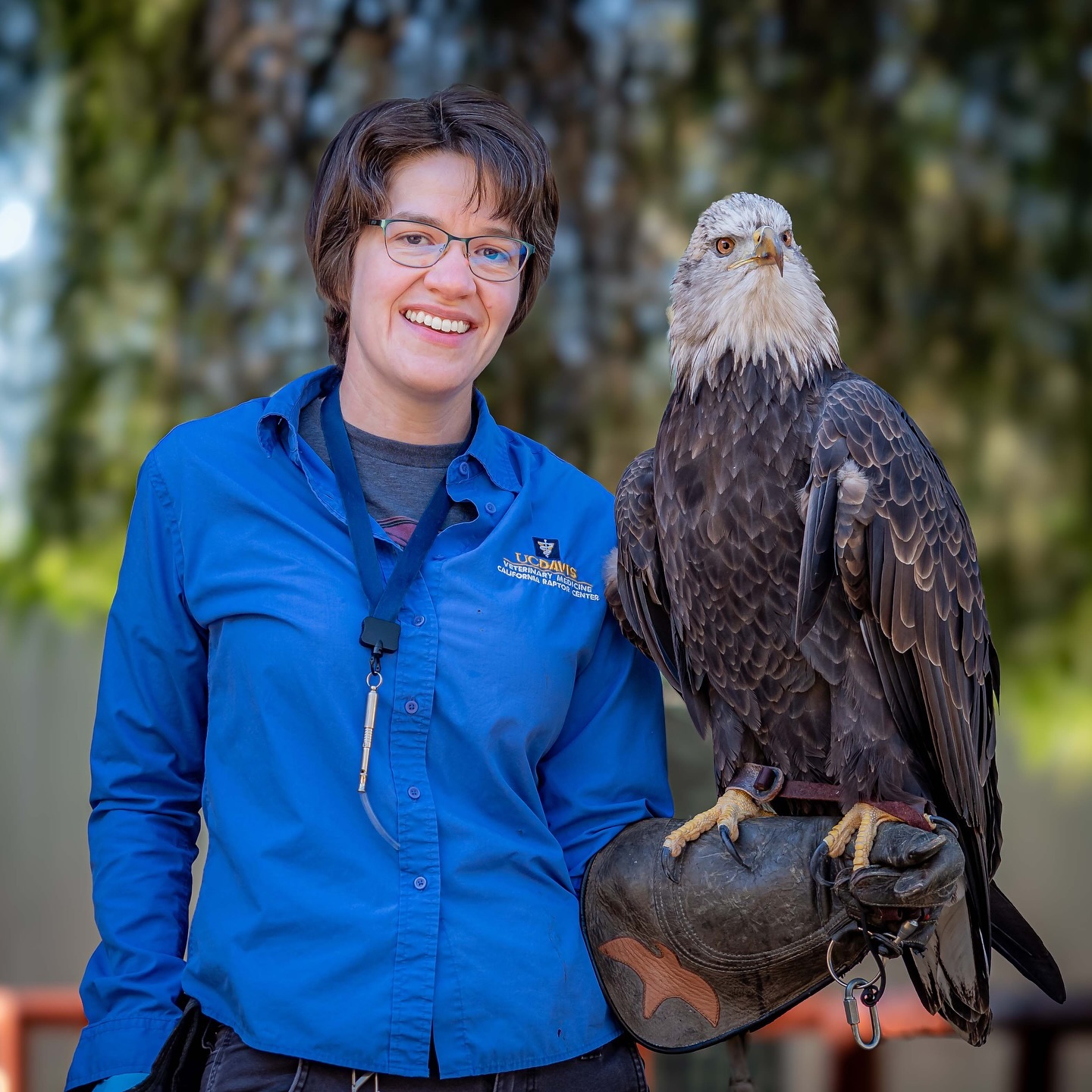
A Special Rescue Story: Meet Sul Wita, CRC Ambassador
Visitors to the California Raptor Center (CRC) are greeted by a breathtaking sight: a bald eagle, head cocked in curiosity. Born in the Yocha Dehe Wintun Nation lands, Sul Wita suffered permanent injuries as a chick. Now, guests of all ages have the unforgettable opportunity to encounter this national symbol thanks to the CRC’s rescue and rehabilitation efforts.
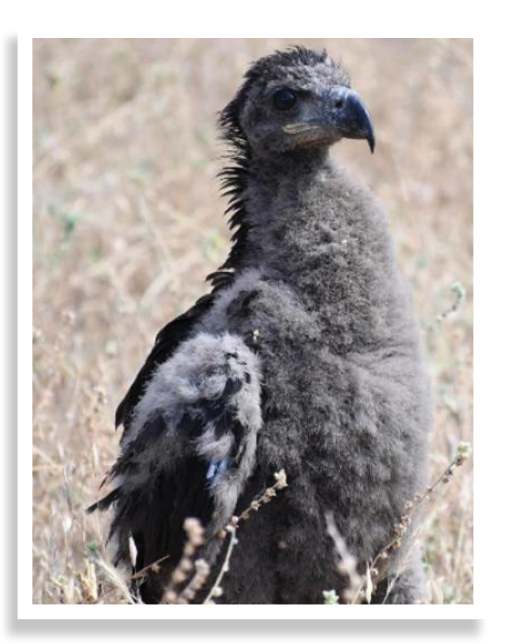
The smaller of two eaglets who hatched together, Sul Wita followed his brother to the edge of the nest and was swept to the ground by a sudden gust. His fall was witnessed by Ingela Kaersvang, a tribal member who regularly checked on the nest, "He hit the ground in a heap. I was sure he was dead, and then he lifted his head." Thanks to her quick action, the eaglet was brought to the CRC and treated for two broken wings. During rehabilitation, CRC staff observed behaviors indicative of a head injury that would make him unable to survive in the wild.
Staff called the little bird Pee Wee. Now renamed Sul Wita, a Patwin name meaning “eagle man,” he occupies a special place among the ambassador birds. With a lifespan of up to about 50 years, he may be introducing humans to raptors for generations to come.
For more information or to schedule a tour of the CRC, contact:
Angela Reynolds, Senior Director of Development UC Davis School of Veterinary Medicine
acreynolds@ucdavis.edu (530) 304-1615


